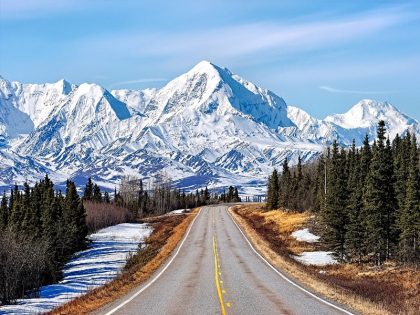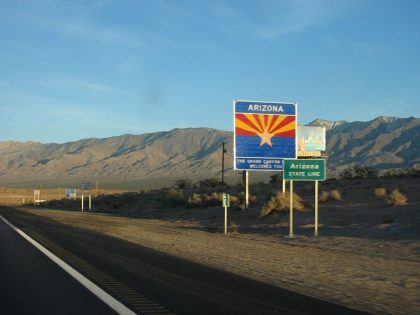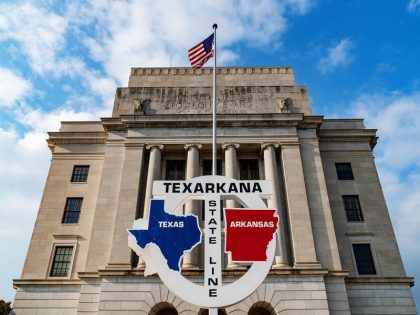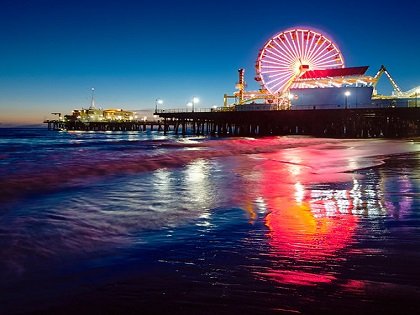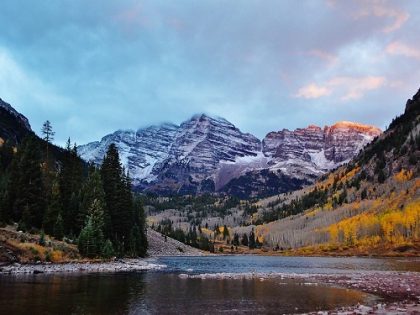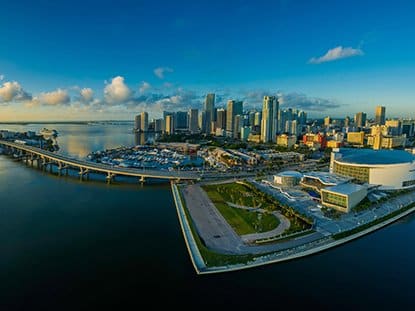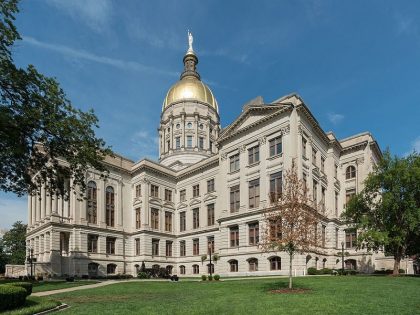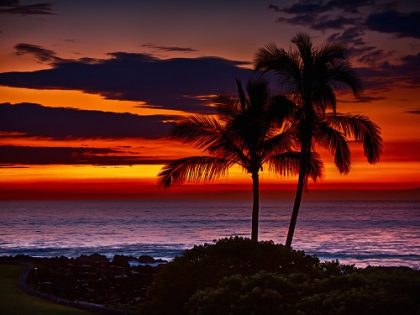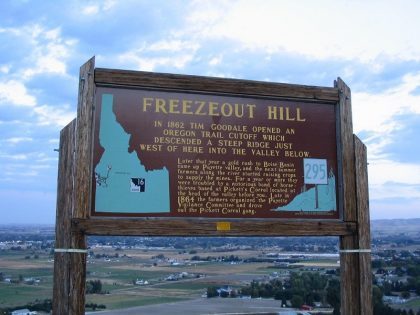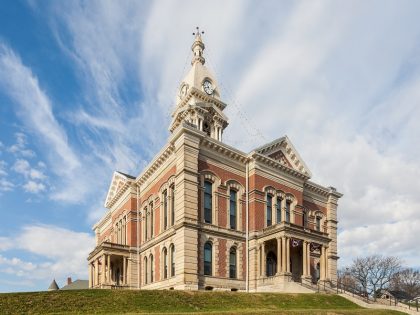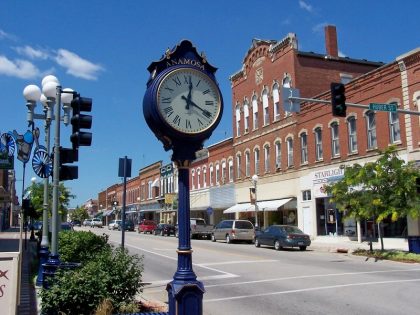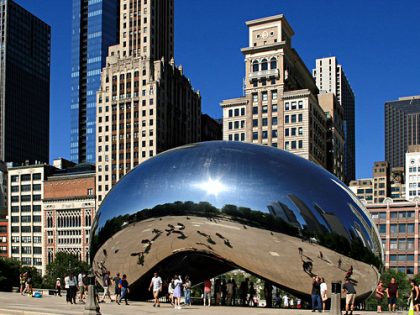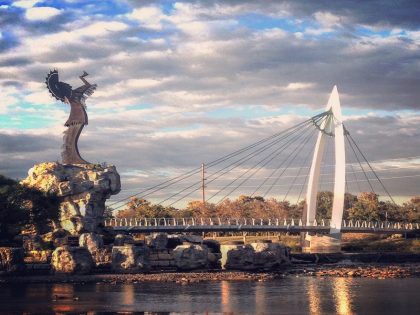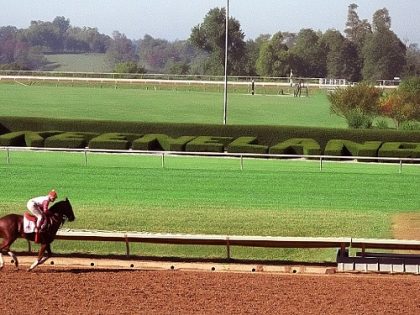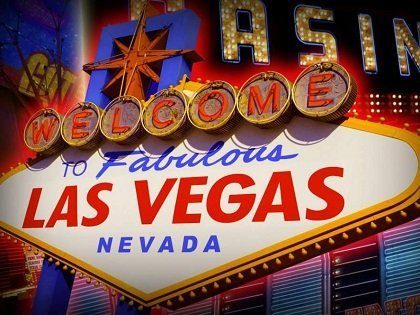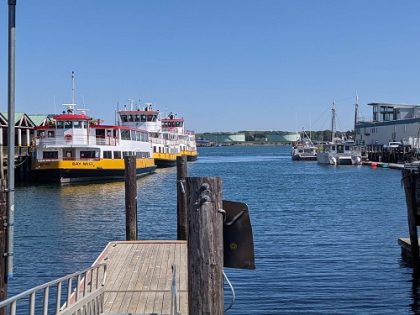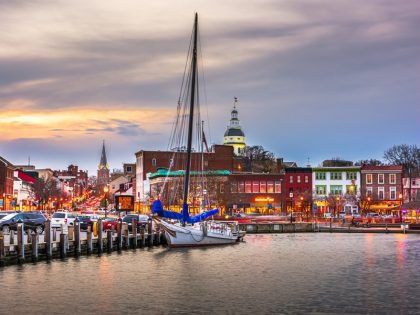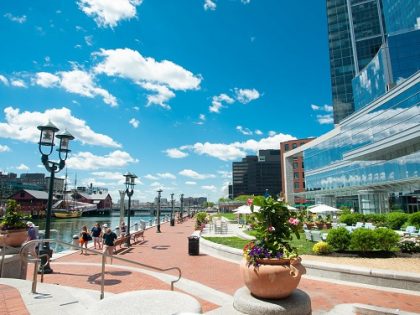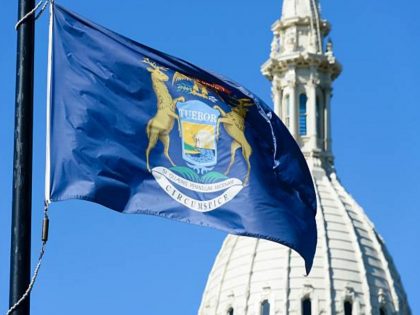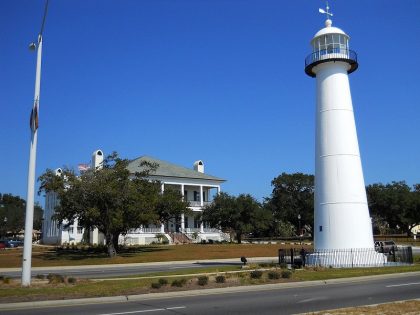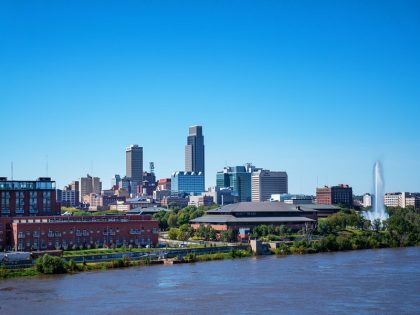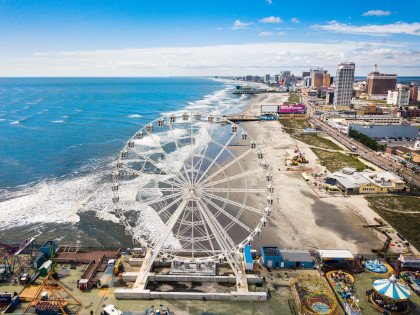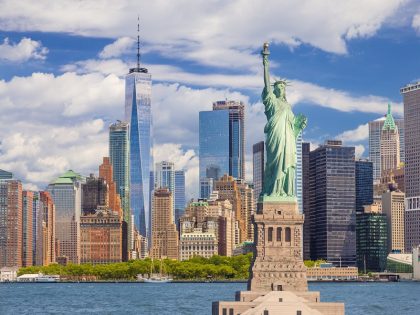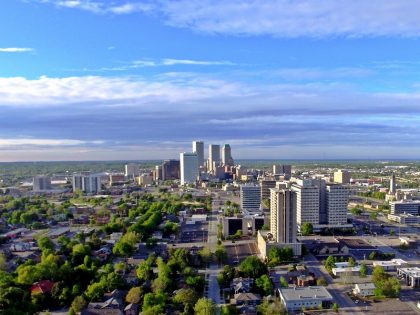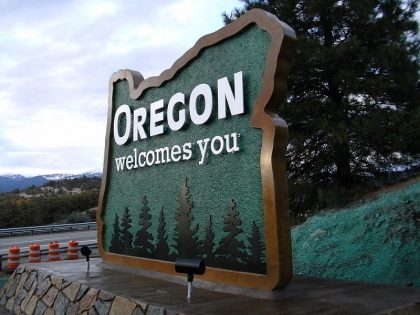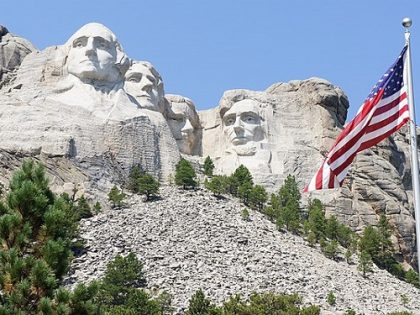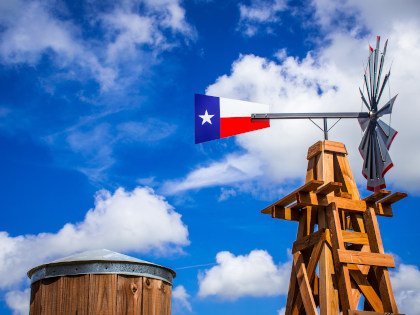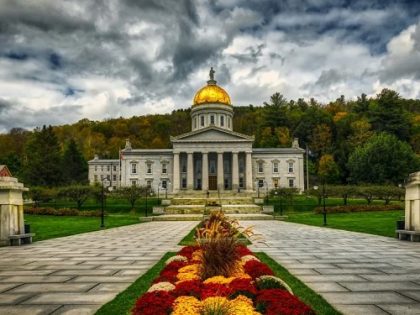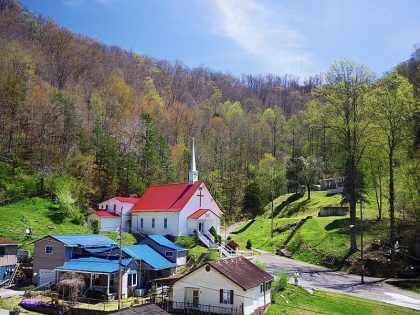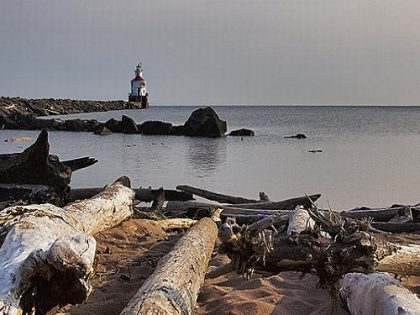POKER IN THE USA
It’s impossible to overstate the United States’ role in the history of poker.
First off, the earliest version of the game, while most likely being derived from the French card game “poque”, appeared in Lousiana in the early 1800’s. The oldest poker game was 5-Card Draw with a 20-card playing deck. In the subsequent decades, poker traveled across America by being played in the barrooms of riverboats sailing across the Mississippi River.
The most popular poker game, Texas Hold’em, is evidently originated from the state of Texas. Robstown, TX is officially recognized as the birthplace of the world’s most popular card game. It first appeared in the early 1900’s, and made its way to Las Vegas through a group of traveling gamblers led by Doyle Brunson in the 1960’s.
Speaking of Las Vegas – the gambling capital of the world is also located in the US. More specifically, in the state of Nevada. On the famous Vegas Strip (officially named Las Vegas Boulevard) dozens of extravagant gambling hubs await their patrons. Some of these famous casinos are the Aria; or the Bellagio, where the famous super high stakes cash game room, Bobby’s Room (now officially named Legends Room) can be found.
The Rio All-Suite Hotel & Casino is located off the Strip. However, it’s still one of the most important venues in poker. Every summer, the World Series of Poker is held here. It’s the world’s most famous tournament series with the world’s most famous annual poker tournament – the $10,000 buy-in WSOP Main Event.
Chris Moneymaker won that event in 2003. He qualified through an $86 online satellite and, despite being an amateur with a day job as an accountant, went all the way to winning the $2.5 million first prize. His story captivated the nation which led to the rapid growth in the traffic of poker rooms, both live and online. This phenomenon became known as “the Moneymaker boom”. It spread across the world, drawing a whole slew of new players to the game.
The US led the world in online poker traffic too – until 2011. That year, the infamous Black Friday events took place. The Department of Justice decided to act on the Unlawful Internet Gambling Enforcement Act, passed in 2006. This meant all the major poker sites were shut down. States had to draft their online poker legislations one by one in order to let their residents play legally. Nevada, New Jersey, and Delaware were the firsts to do so – luckily, by now, a handful of other states followed suit.
However, one online poker giant did not survive Black Friday. Subsequent investigations revealed that Full Tilt Poker was essentially run like a Ponzi scheme. The management used player’s deposits to pay off their investors or just to stuff their own pockets.
The United States is also home to the world’s most watched poker TV shows. Poker After Dark used to air on NCB; High Stakes Poker was on The Game Show Network. Now both of these shows have revived seasons produced by the online poker content site PokerGO. The premier American sports channel, ESPN, airs coverage of the WSOP every year.
The list of legendary poker players from the US is too long to name them all here.
Phil Hellmuth has 15 WSOP gold bracelets, more than anyone else. Bryn Kenney has won $56.5 million in live poker tournaments, the most in the history of the game. He also holds the record for the most money won in a single poker tournament.
Phil Ivey is the biggest online cash game winner of all time. Old-timey poker legend Stu Ungar is the only player who won 3 WSOP Main Event titles, all in the tournament format.




